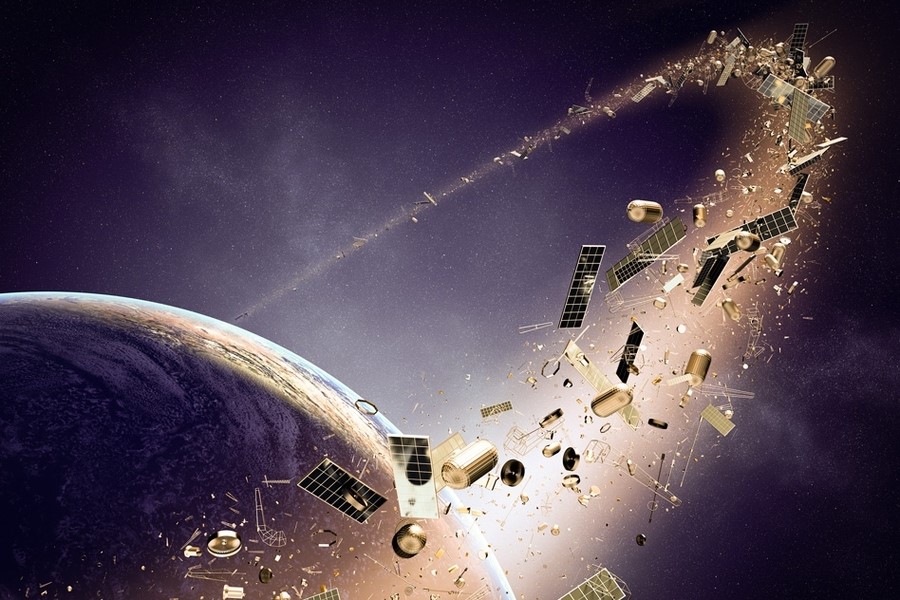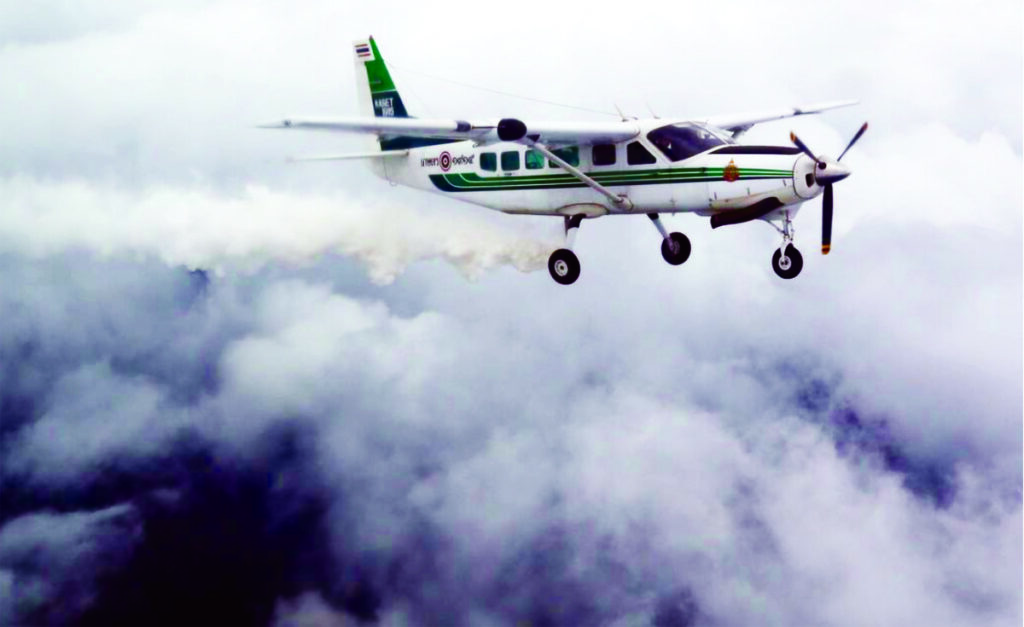From the time we started our space exploration, we have been sending our satellites to space for research, communication, GPS navigation and also gathering information about the weather. We have been releasing rockets and satellites for sixty years now and are also planning to release many in the future for various missions. But there can be some problems associated with these satellites. Maybe they become non-operational or any of the parts break off from the whole body of the satellite which remains in space and form Space Debris. Also, the Earth is not the way we see it. It is surrounded by lots of space junk.
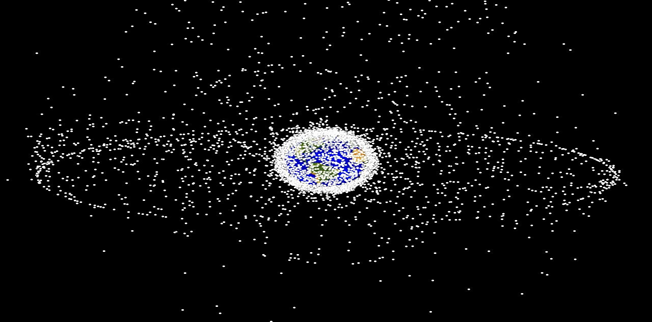
Space Debris, also known as Space junk, is the remains of garbage which might include fragments from disintegration, erosion or collision, sometimes satellites also run out of fuel or maybe from unburned particles from solid motors and many more reasons which no longer serve any purpose but are still present in the Earth’s orbit. If we look at the statistics, there are around 4,500 satellites orbiting the earth and around 34,000 pieces of orbital debris larger than 10 cm are present, and there are also millions of other small space debris present moving at a speed which is much more than a bullet, which can prove disastrous. Objects here move at a speed of 10 -km/sec, which is fast enough to cause significant damage to other satellites’ space stations or spacecraft.
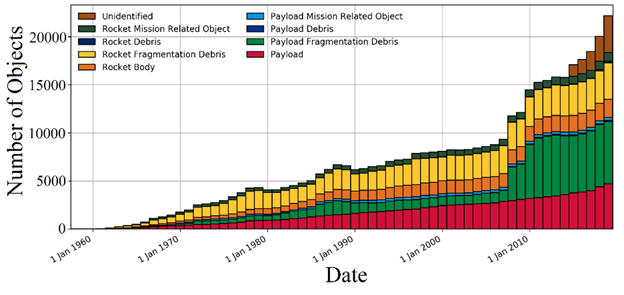
The major threat that it causes is to other satellites in orbit. When two satellites collide, they can smash and can form a lot of small and big debris. These satellites have to move out of the space junk carefully so that they don’t get hit by other satellites and get potentially damaged. According to the recent news, on 18th March 2021, the Chinese satellite Yunhai – (02) collided with a small piece of Russian satellite launch, resulting in a number of pieces of debris in orbit. Also, in the past, there have been collisions of other satellites too, creating huge damage.
Space trash is attracted by the Earth’s gravitational pull, but it happens very rarely since they enter the atmosphere at a very high speed, so they get burned in the middle itself due to the Earth’s high atmospheric pressure. If the trash enters the earth’s surface, it might fall into some crowded place, thus posing a great threat to human life and property. But now the question arises: what can be done to eliminate or at least reduce the junk present in the orbit?
Space Junk is not a singular country’s responsibility, it is an international responsibility. Therefore, it should be our mission to clean up space junk and to preserve the space environment for the future. The United Nations has asked all the companies to remove their junk in the next 25 years after completing their mission, but this is not as easy as it seems to be. Several methods of removal to curb the problem involve dragging them back into the atmosphere where they will burn up, and by using magnets to grab them, or even firing lasers and firing up the satellite.
Now the thing is, will space junk still be a problem in the future? The answer is that it could be. Because there are certain companies, including SpaceX and Amazon, who for their mission, may launch many satellites to achieve worldwide internet coverage. If these missions are successful, that means there could be an additional 50,000 satellites in space, which can increase the chances of collision, which means more preparation has to be done to avoid the risk of these collisions.
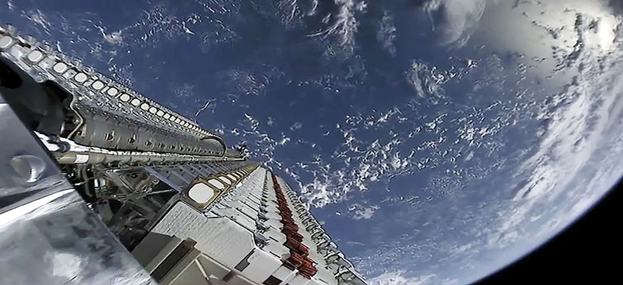
To conclude, we need to ensure that satellites are removed from orbit in a reasonable time, so that we can mitigate the problem of space junk in the future. It is very important to use it sustainably so that the future generations can enjoy the benefits too. It is also important because there are a lot of funds which are required to mitigate this problem. To keep the space junk to a minimum, we need to have collaborative efforts to eliminate the existing space debris and prevent the future generation from dealing with the residual debris.
Written by Irfan Ali
Edited by Yashvi Vasani

